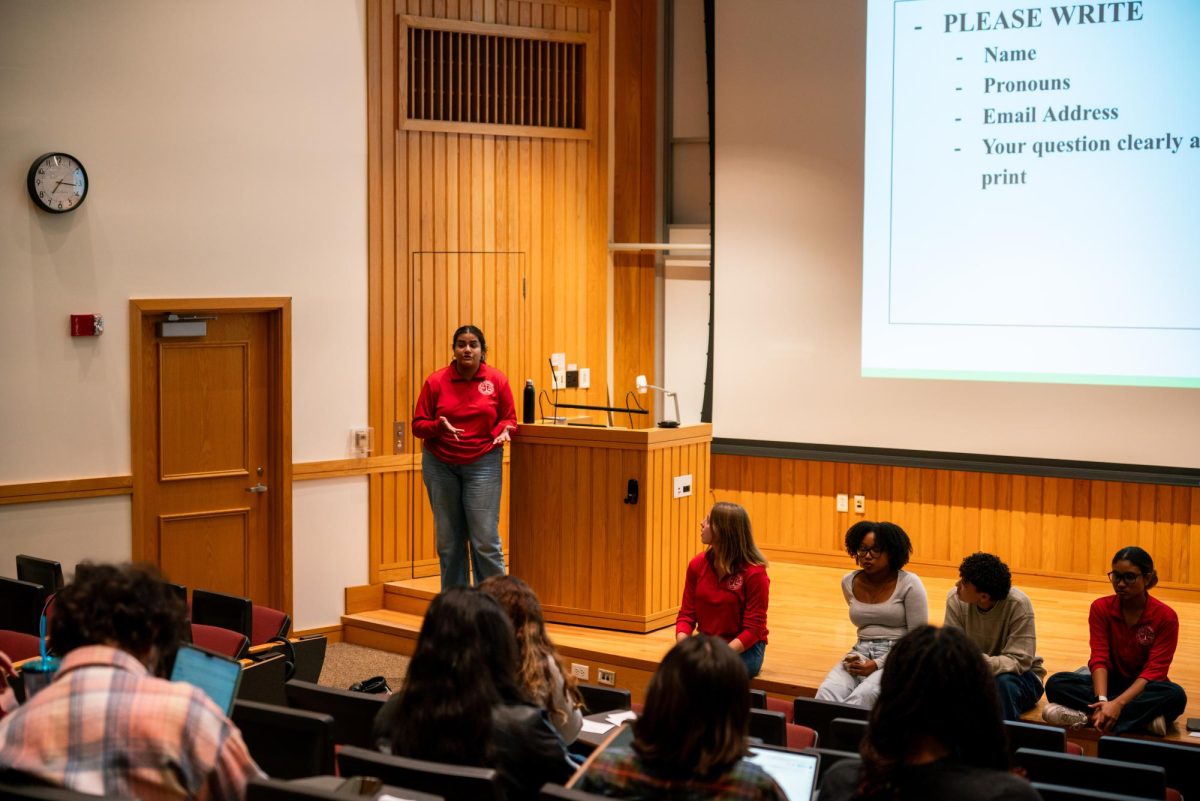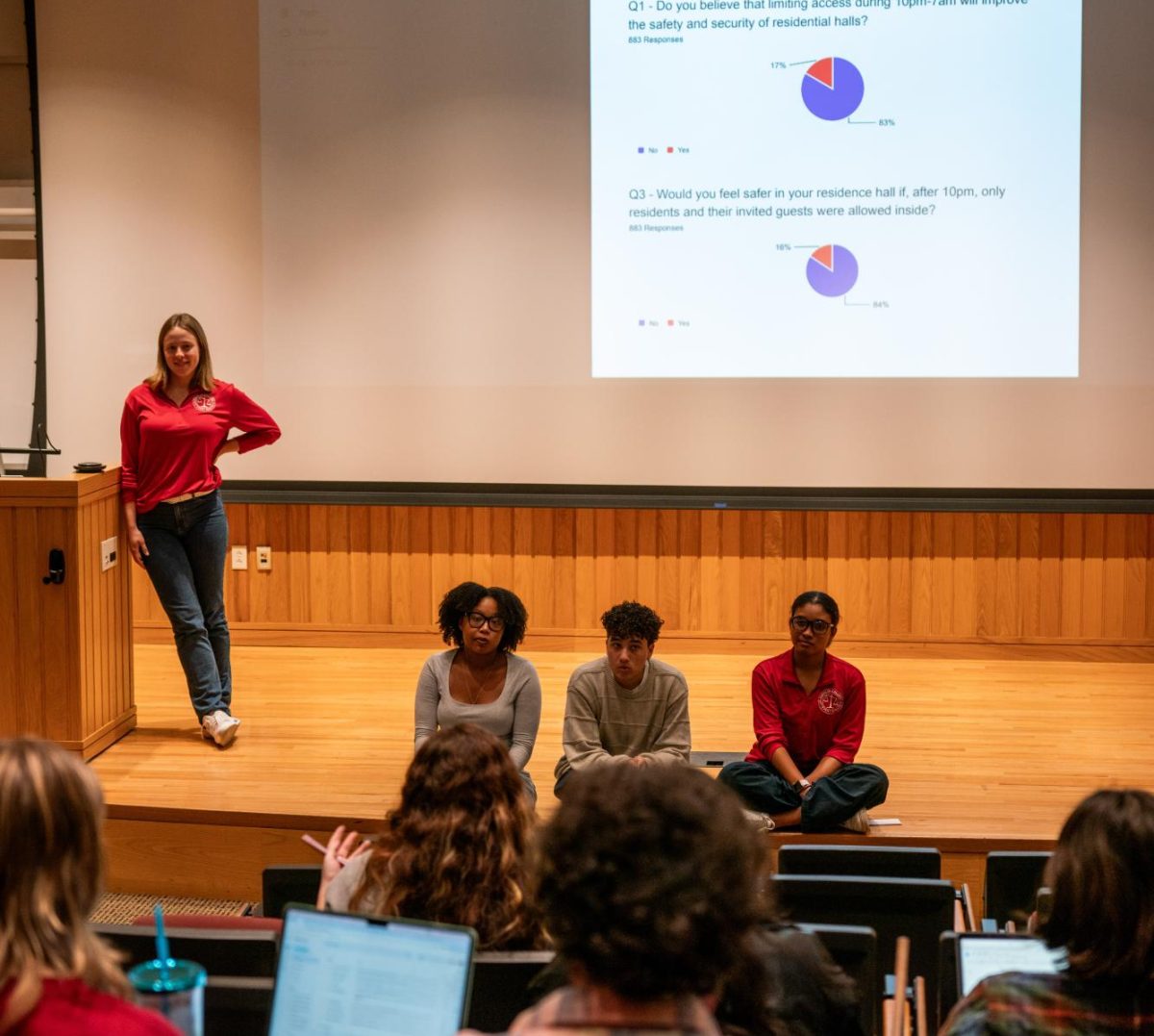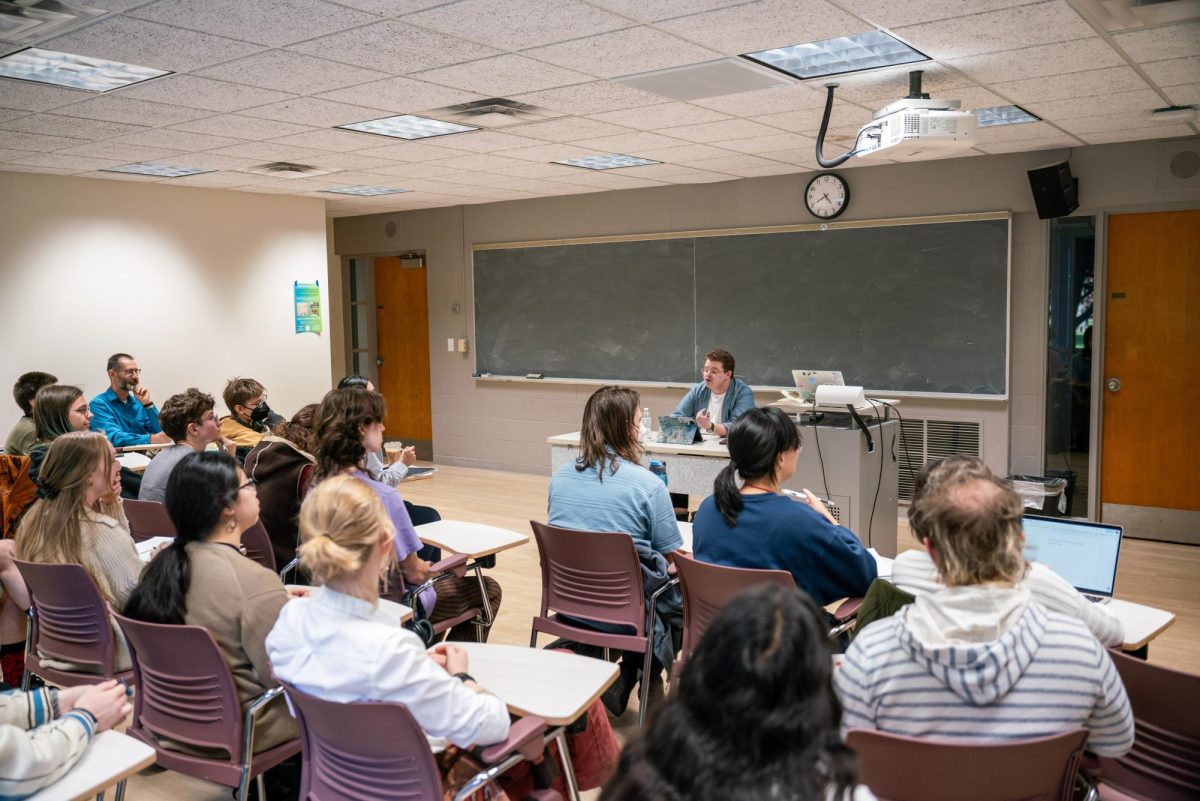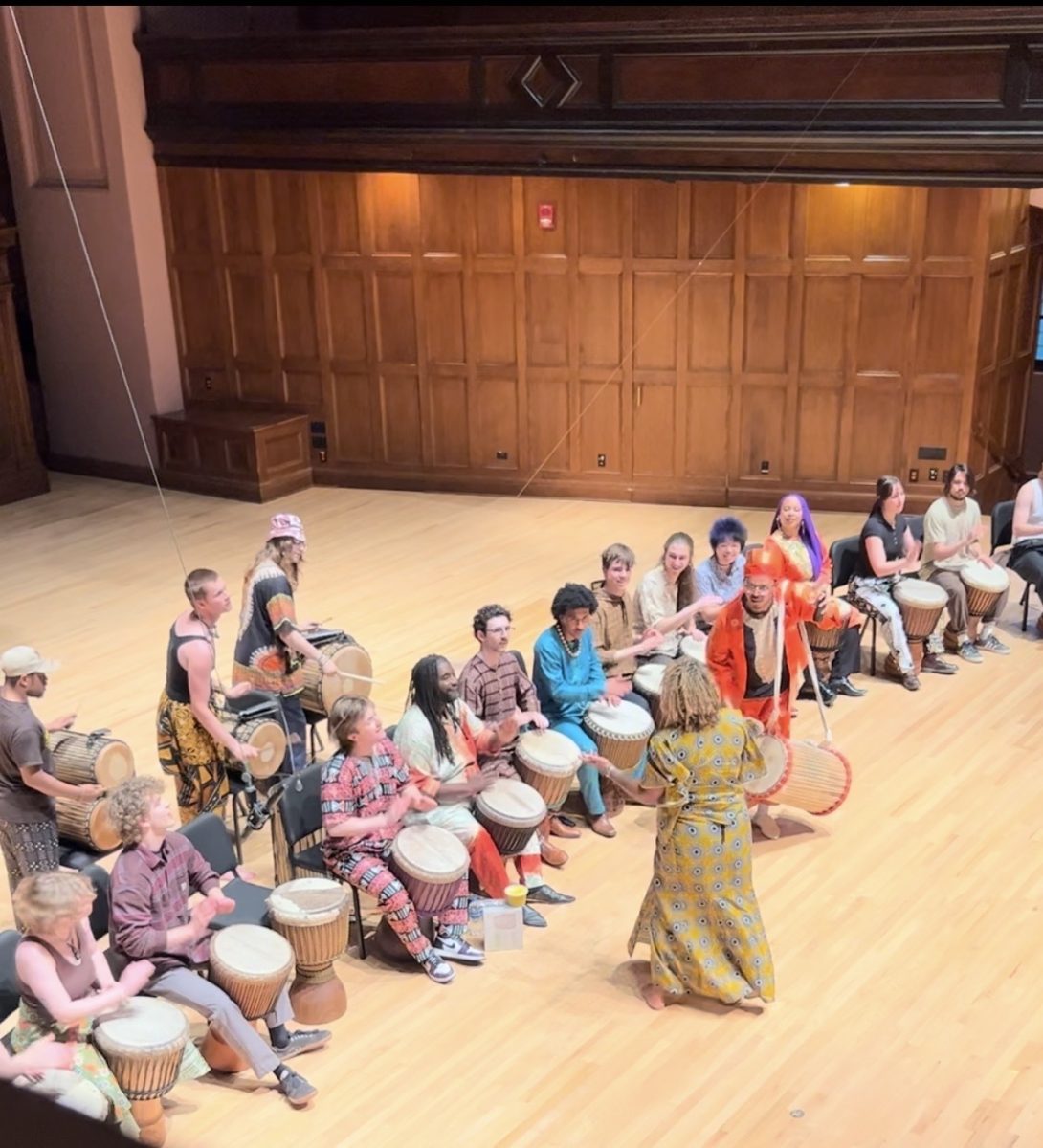Environmental Studies Fails in Interdisciplinary Approach
May 5, 2017
As graduating Environmental Studies majors, we want to address the elephant in the AJLC: Most majors are deeply dissatisfied with the Environmental Studies program.
Environmental Studies is a huge draw to the College for potential Oberlin students who, like us, were wowed by the beauty and design of the Adam Joseph Lewis Center for Environmental Studies, the Living Machine and the Building Dashboard. We did not know that this is yet another example of the College investing more in buildings than the programs housed inside of them.
We do not mean to critique the professors in the department or the classes they teach, but rather the structure of the program. We’ve had the privilege of being taught by many inspiring professors who work to find tangible, equitable solutions to environmental crises. Our advisors have admirably worked within the pathway system to craft a classroom experience that suits our interests. However, the program is flawed in ways that limit how effective Oberlin’s interdisciplinary approach to environmental studies can be.
To begin, the program faces the same problem that plagues so many other departments at Oberlin: a lack of faculty and, consequently, course offerings. This is somewhat inevitable at a small school, particularly given our current financial crisis, and is especially problematic in such a popular major with 52 graduating majors this year. While the program website boasts of 23 faculty members, only six of those are exclusive ENVS professors, two of whom are currently on sabbatical. Ten others are appointed full time in other departments, including Chemistry, Religion and even TIMARA. These part-time appointees can serve as ENVS advisors as well as sit on the ENVS Program Committee.
To make up for the dearth of courses, the program farms students out to other departments. To fulfill our majors, we completed courses in the Religion, Sociology, History, English, Chemistry, Geology and Biology departments. This makes sense to a point, as environmental studies is an inherently interdisciplinary field, and the College does not have the resources to hire more professors when we have biologists, geologists and environmental historians in other departments. But because these courses are not integrated with the core ENVS curriculum, it makes for a disjointed experience.
This disjointedness is our main complaint about the ENVS department. Majors are required to take introductory chemistry and geology, plus either two introductory biology courses or Environmental Biology. In theory, this sounds useful and important; students studying the environment should understand earth systems, and those systems are grounded in science. But the learning gained in those classes is ultimately wasted for most students, since that knowledge is not incorporated into other courses. Very few students end up taking upper-level chemistry, geology and biology classes that would apply this introductory information to the environment.
This leaves many students with little scientific literacy but an extensive background in theories and philosophies. What use is a foundation in environmental thought without the scientific knowledge to back up your arguments? To us, an interdisciplinary approach to environmental studies does not mean taking a single class from each department. It means constructing courses that truly draw upon approaches from different fields to explore an environmental issue.
In an attempt to add cohesion to the major, students are asked to design and complete a pathway that is supposed to center their classes around a theme. For us, those pathways were Environmental Chemistry and Global Environmental Issues and Politics. However, the pathways are skewed in how applicable classes are — limited course offerings make it difficult to find classes that relate to Environmental Chemistry, for instance. However, Global Environmental Issues and Politics is so broad an area of study that practically any affiliated course could be convincingly applied to the pathway.
Combine the pathway program with small upper-level class sizes and the major becomes extremely inaccessible, particularly for students who are double majors and have little freedom in their schedules.
Environmental Studies may go through a program review next year, which could involve a redesign or tailoring of its internal structure. If the department decides to drastically reimagine itself, it needs to either narrow its interdisciplinary scope or expand course offerings by hiring more core faculty.
The first option is regrettable, since one of the highlights of the program is that it is was designed to be interdisciplinary, with more of a social science and humanities focus than other environmental programs. While focusing only on the humanities, the natural sciences or the social sciences would certainly deter some students, it could help develop a focused, in-depth curriculum.
Hiring more faculty is dependent on both the Education Policies and Planning Committee and the College Faculty Council, bodies that rank departmental requests to add positions based on merit and overall institutional funding requirements. Previously, Special Assistant to the President of Oberlin College on Sustainability and the Environment David Orr has independently raised funds to hire professors in order to work around these institutional rankings.
As the ENVS program currently stands, the structure does a disservice to both students navigating the major and faculty workloads. To ensure its academic reputation, the program must hire more faculty or fundamentally rethink its focus.


















